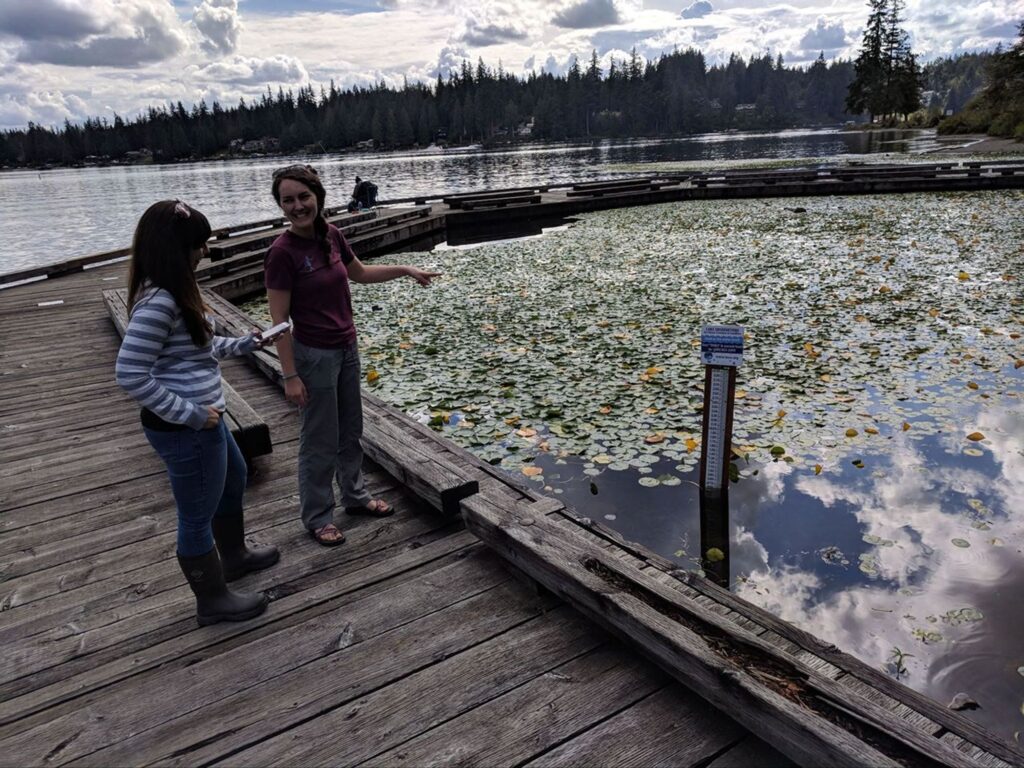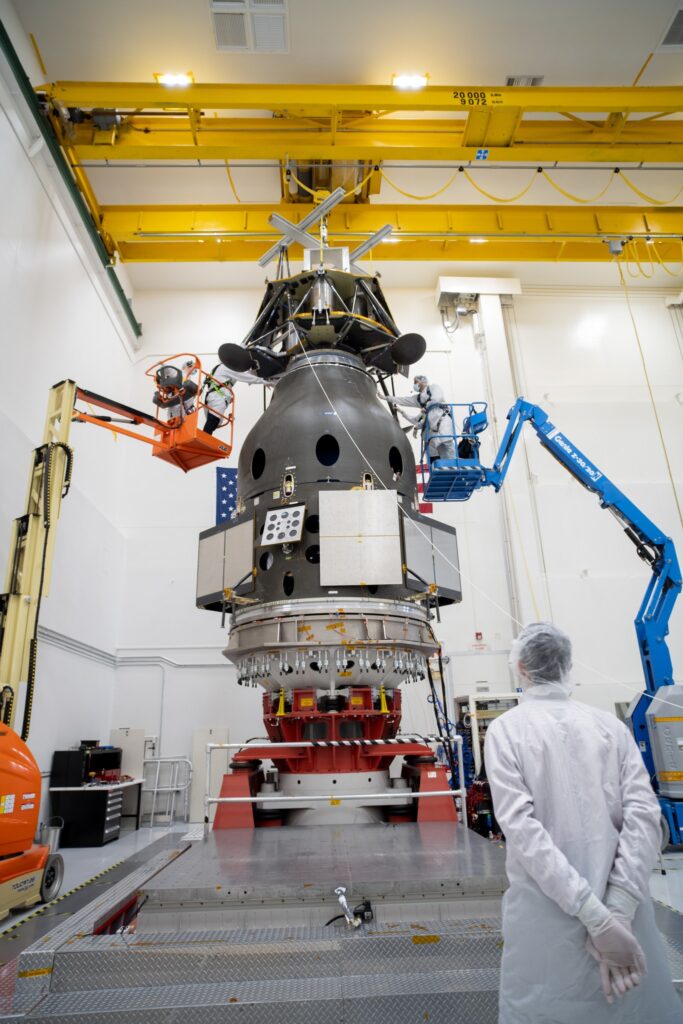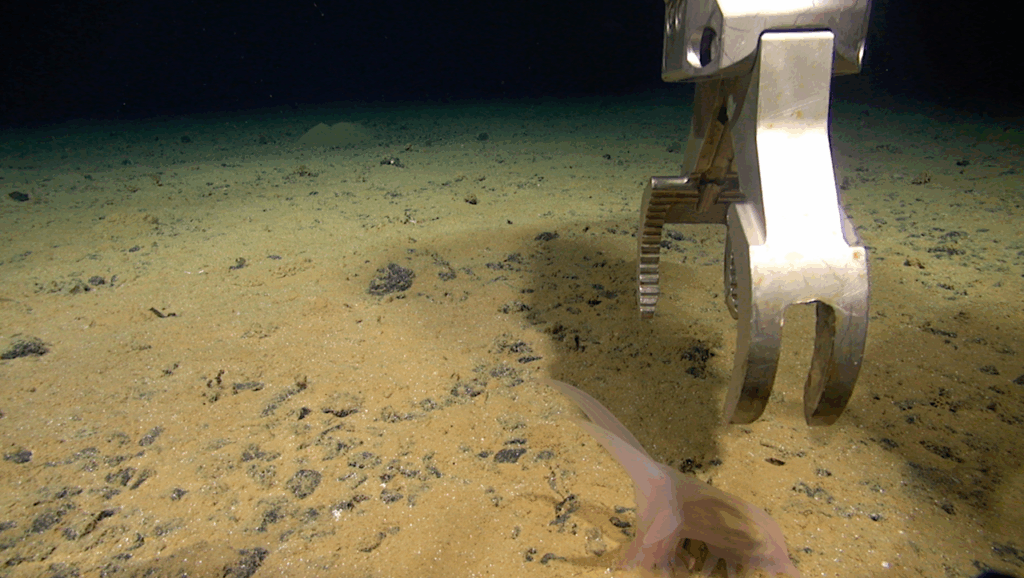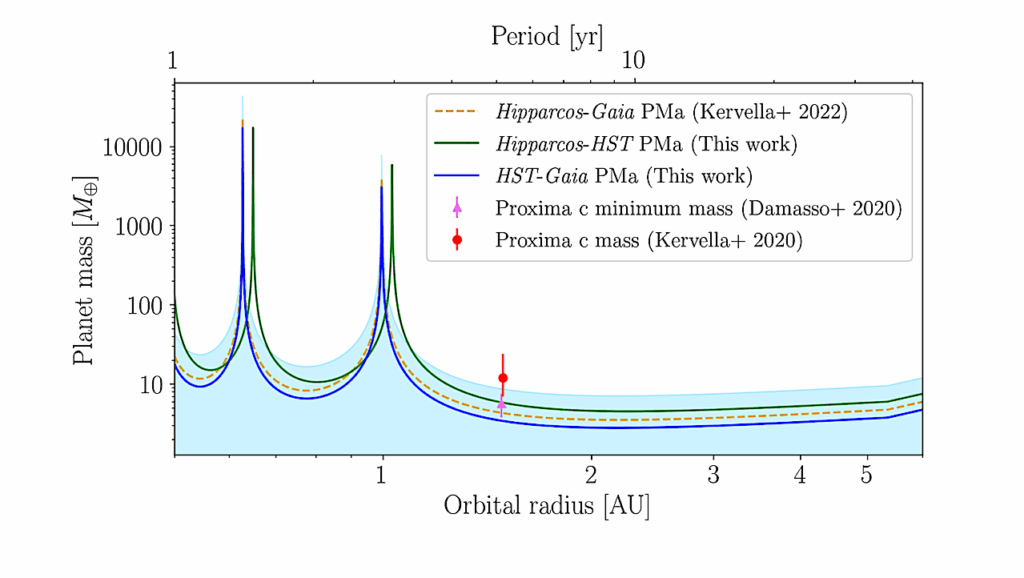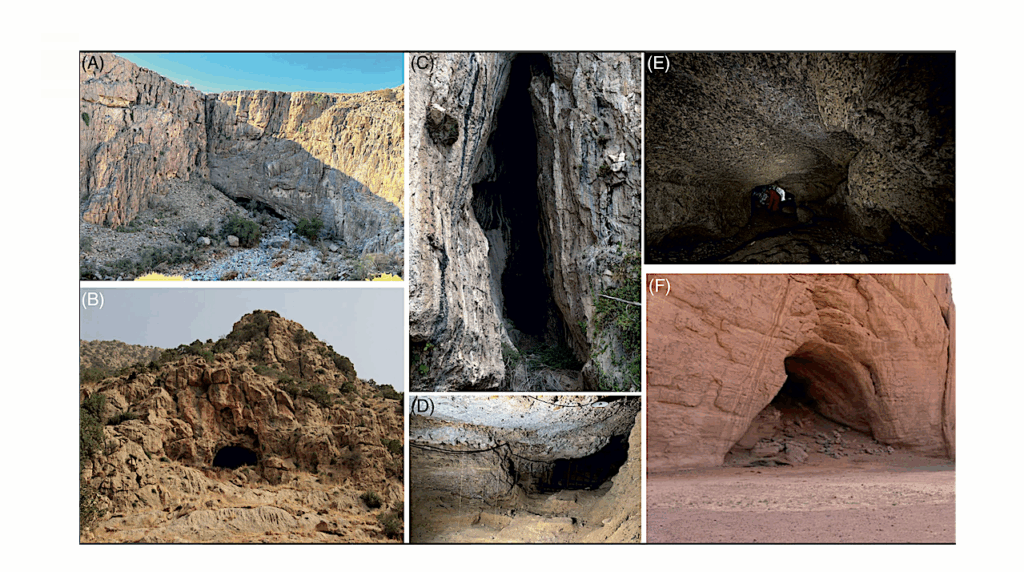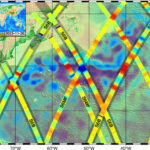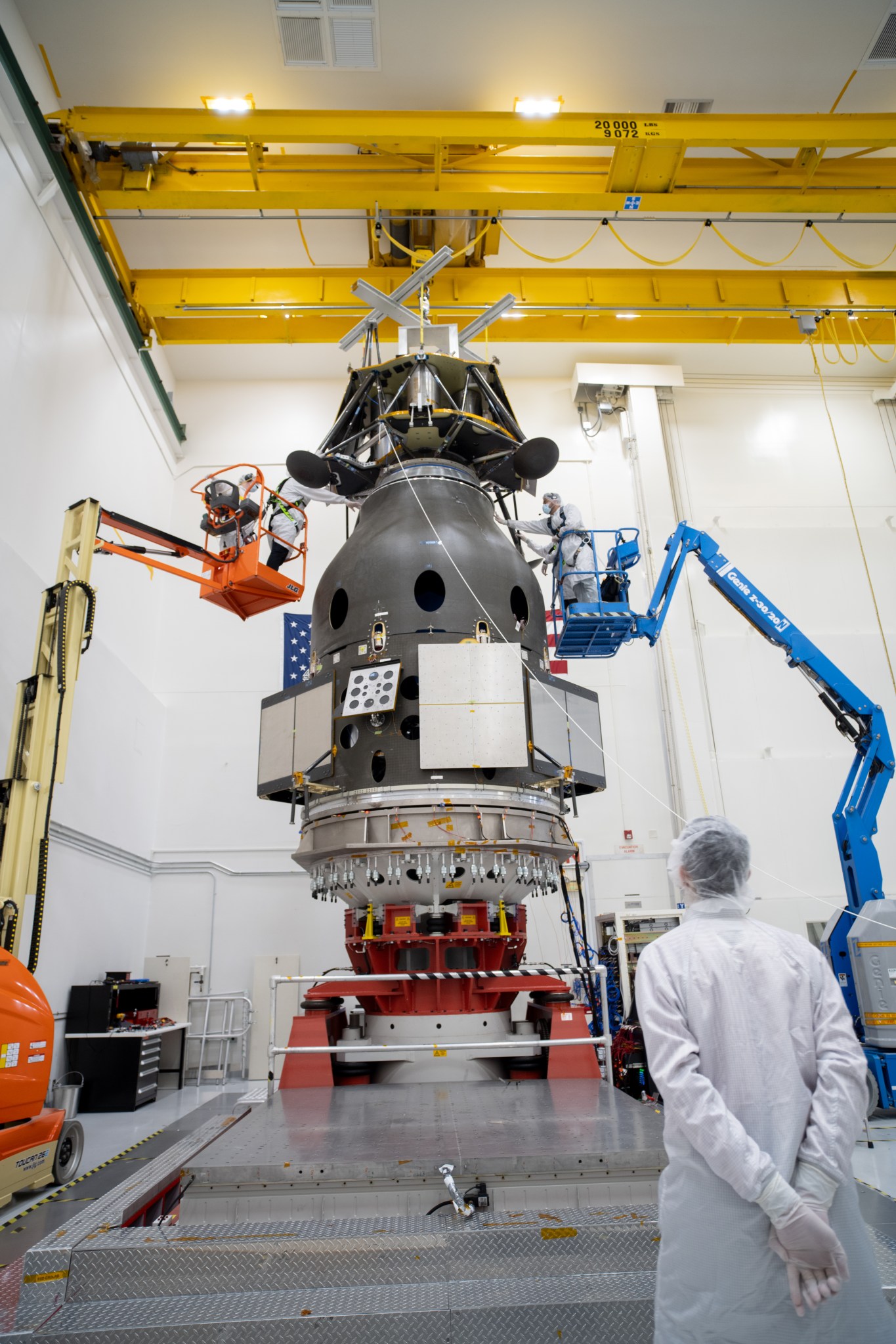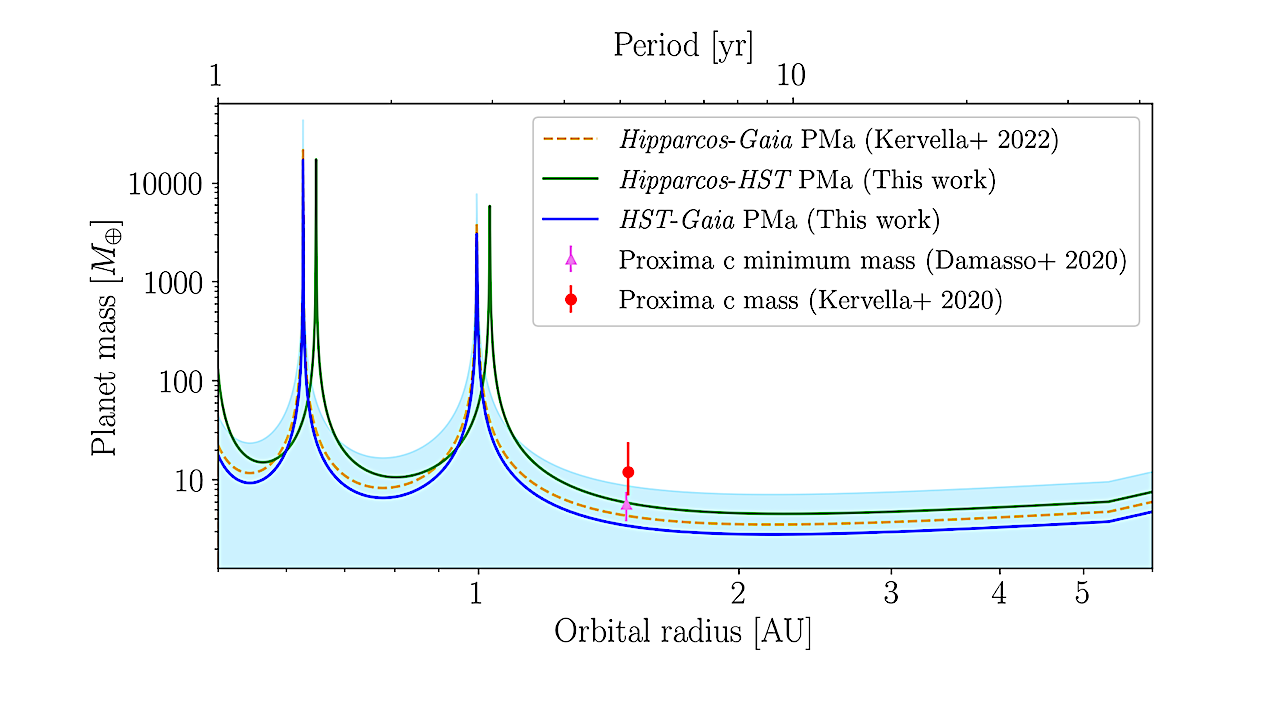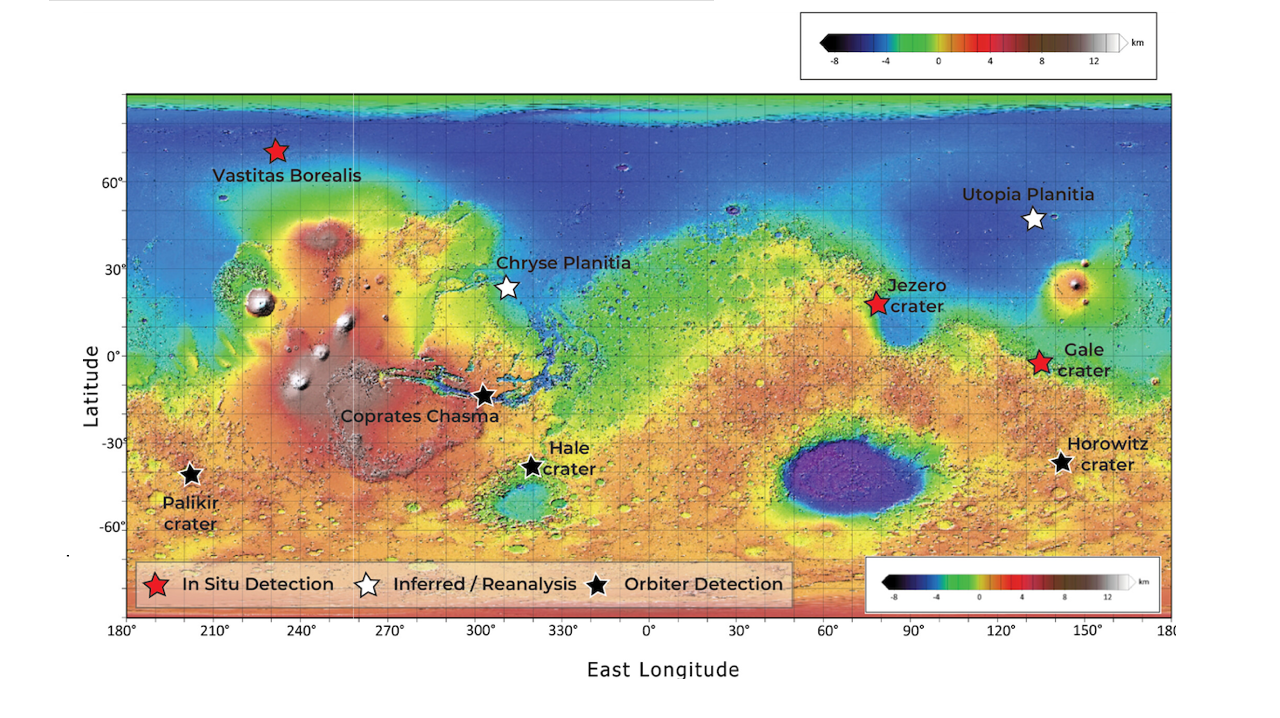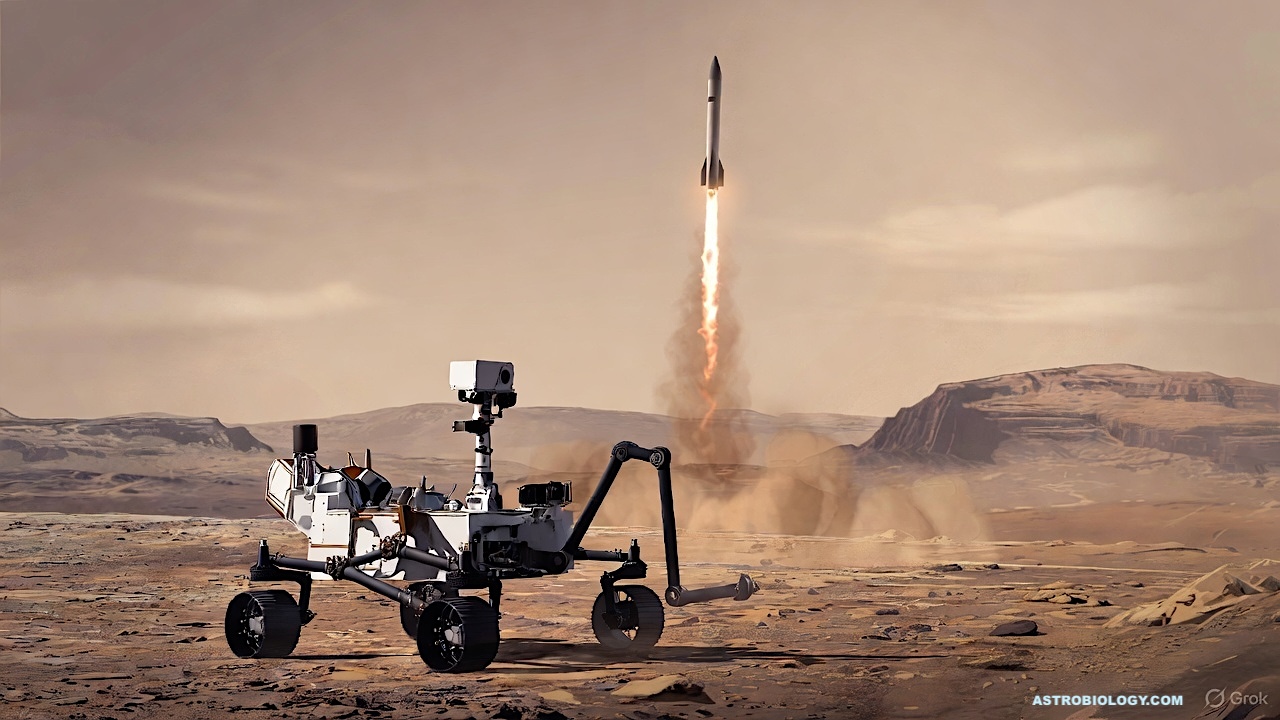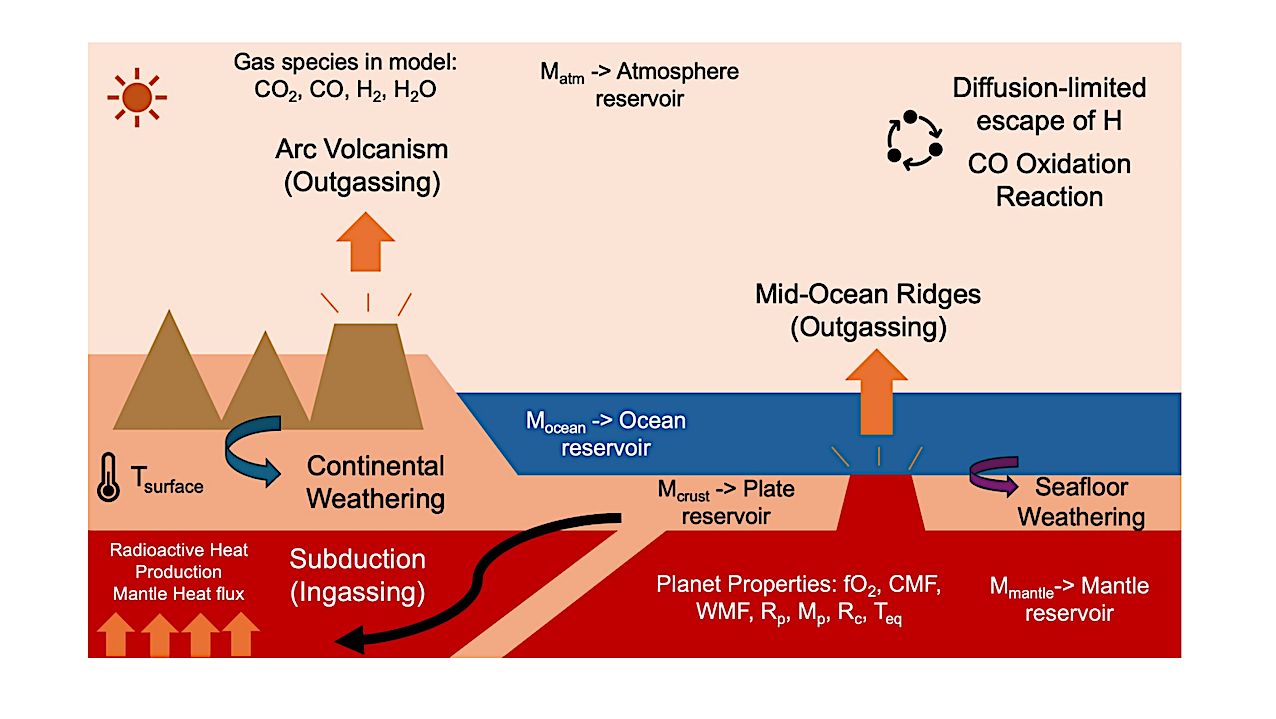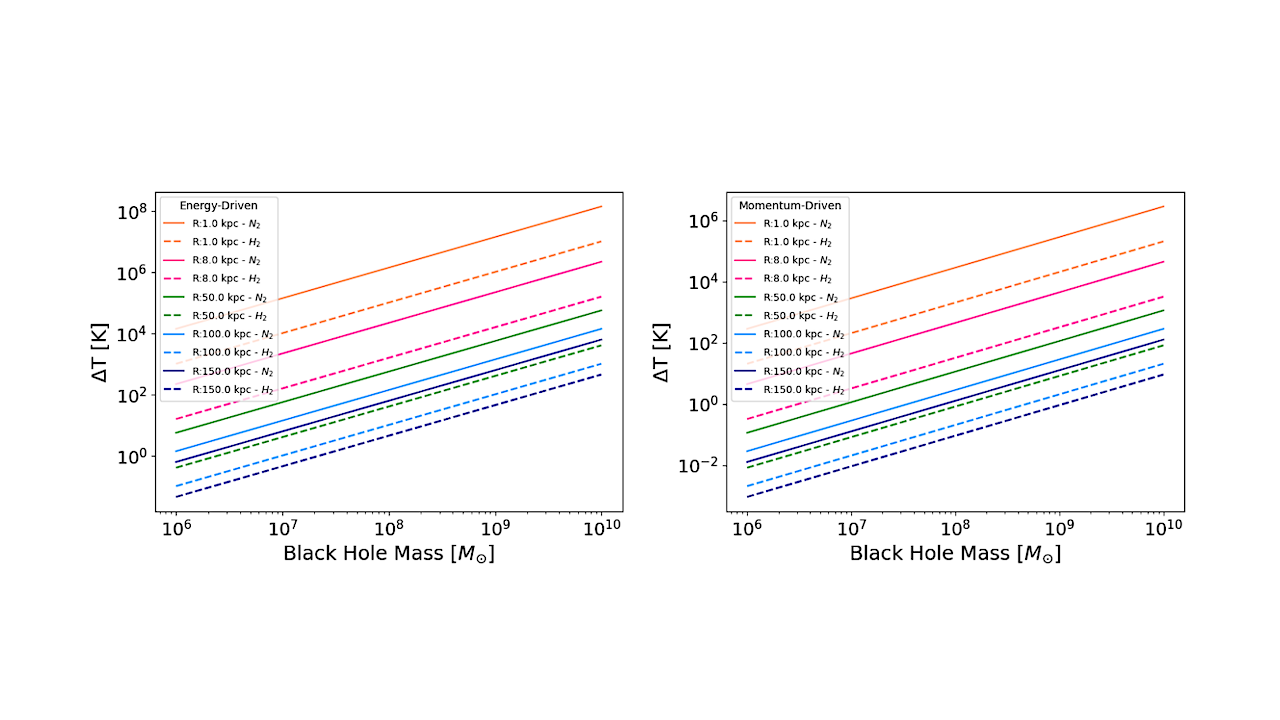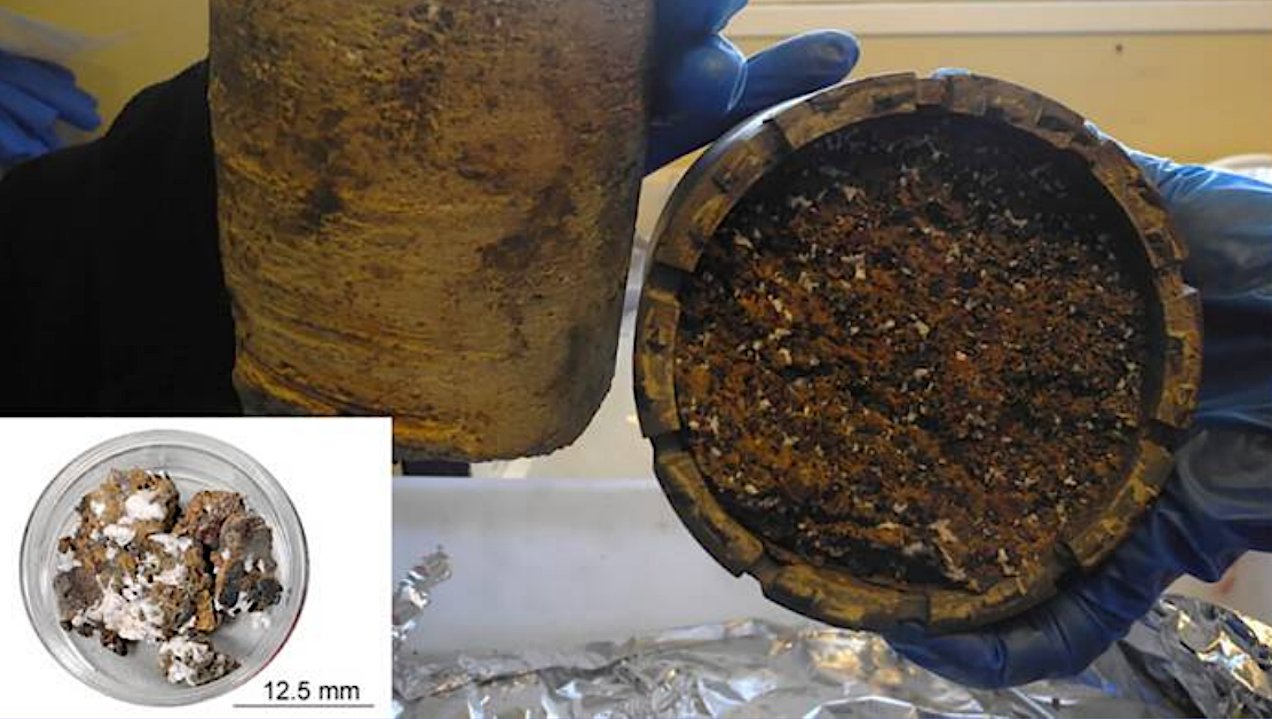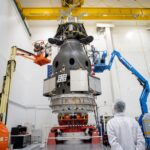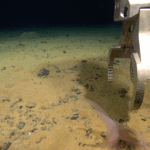The locations of oxychlorine detections on the surface of Mars. Details of the locations, specific species, and detection methodology in Table 1. Oxychlorine species (mainly perchlorate and chlorate) have been
Enceladus Orbilander – Wikipedia Deep space missions face extreme communication delays and environmental uncertainty that prevent real-time ground operations. To support autonomous science operations in communication-constrained environments, we present a
A Mars Sample mission begins its return to Earth — Grok via Astrobiology.com The Mars Sample Return (MSR) Campaign aims to retrieve a set of carefully selected and documented samples
Multiple worlds — Grok via Astrobiology.com Over the last few decades, prediction models have become a fundamental tool in statistics, chemometrics, and related fields. However, to ensure that such models
NASA’s Orion spacecraft is built around a single, uncompromising principle—crew must return home safely. From the millisecond‑response launch abort system (LAS) perched atop the capsule to the autonomous flight software that
Overview of the atmosphere-interior exchange model we use for this study including the various geological processes that we simulate and the various parameters we consider in this model. The carbon
The Impact Of Supermassive Black Holes On Exoplanet Habitability: I. Spanning The Natural Mass Range
Increase in atmospheric temperature caused by AGN wind as a function of the mass of the central galactic SMBH in Solar masses. The left panel shows the energy-driven case, while
A drill-core section of the CCBH2 borehole showing a yellowish-red color resulting from the hydrothermal alteration process, with small carbonate mineralizations. In the bottom left, a fragment of the CCBH2
Spoilers for “Invasion” Season 3 ahead! You’ve been warned! Optimism reigns supreme with Academy Award-nominated Hollywood producer, screenwriter, and filmmaker Simon Kinberg (“The Martian,” “X-Men movies“) as demolished mothership dust
Design and evaluation of random peptide libraries using distinct amino acid alphabets. (a) Chemical structures of 16 α-amino acids assembled through solid phase peptide synthesis to generate random 25-mer peptides
-
 012024 in Review: Highlights from NASA in Silicon Valley
012024 in Review: Highlights from NASA in Silicon Valley -
 02Panasonic Leica Summilux DG 15mm f/1.7 ASPH review
02Panasonic Leica Summilux DG 15mm f/1.7 ASPH review -
 03From Polymerization-Enabled Folding and Assembly to Chemical Evolution: Key Processes for Emergence of Functional Polymers in the Origin of Life
03From Polymerization-Enabled Folding and Assembly to Chemical Evolution: Key Processes for Emergence of Functional Polymers in the Origin of Life -
 04How New NASA, India Earth Satellite NISAR Will See Earth
04How New NASA, India Earth Satellite NISAR Will See Earth -
 05And Thus Begins A New Year For Life On Earth
05And Thus Begins A New Year For Life On Earth -
 06Astronomy Activation Ambassadors: A New Era
06Astronomy Activation Ambassadors: A New Era -
07SpaceX launch surge helps set new global launch record in 2024


